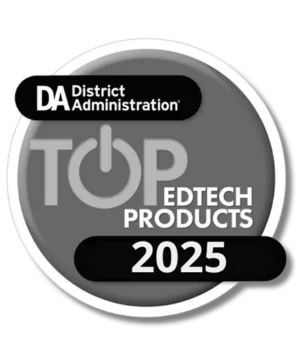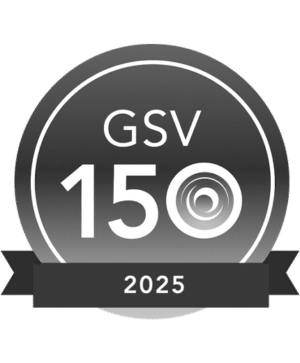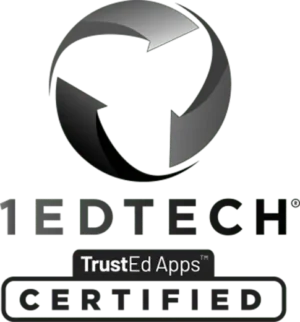
This week we learned some best practices for all steps in the coaching cycle, honing our “noticing” skills, things administrators should know about instructional coaching, how peer coaching and student-focused instruction improve learning, and more!
Best Practices for All 3 Steps in the Coaching Cycle
Annie Forest walks through the stages of a successful coaching cycle and shares how clear goals and continuous reflection help power them:
“As instructional coaches, we’re often tasked with doing lots of things: planning with teams of teachers, leading committees, giving professional development, and so on. But one of our most important tasks is working with individual teachers during a coaching cycle. By co-planning, co-teaching, modeling lessons, and more, coaches can really help to develop teachers’ skills. . . . No matter the coaching model you follow, most present a coaching cycle as three parts: before, during, and after. . . . No matter the coaching model you follow, most present a coaching cycle as three parts: before, during, and after.”
No One Can Learn from You If You Don’t Believe in Them
Elena Aguilar reflects on the power of believing in those you coach when building relationships:
“If you want to be an effective coach, scrutinize the quality of the relationship you have with your clients. Reflect on the assumptions you hold about them. Get honest with yourself about what you think about your clients. . . . We can respect people, and believe in their potential, and appreciate elements of who they are, and care for them—even if some of their teaching or leadership practices are underdeveloped or messed up or even if they are harmful to children. We can.”
Through the Lens of an Administrator
Brad Currie shares 10 things administrators should know about instructional coaching:
“Administrators respect the insight instructional coaches share about what is or is not taking place in various learning environments. . . . Administrators know that some of the most talented educators in the world are instructional coaches.”
Student-Focused Teacher Talk
Vicki Collet explores how peer coaching and student-focused instruction improve learning for both teachers and students:
“Peer observation is a powerful tool for teacher learning. . . . The skills we develop as keen observers have broad benefits that can grow into our own classrooms: As we teach, we notice and reflect more on our students than on our own actions. Student-focused instruction is more powerful than teacher-focused instruction. Shifting the focus of a post-observation conversation to what students were doing improves learning – for both students and teachers.”
Data Chats
Nicole Turner highlights three benefits of data conversations with teachers and how to navigate them:
“Having a data chat with your teacher shows him/her where more instruction is needed. By having the conversation and looking at data with the teacher instead of by yourself, you are getting the full picture view. There are many times we are not in the classroom. Therefore, we don’t know what the teacher has and has not done. Data chats help create a clear pathway to a healthier teacher-coach relationship and a solid goal for the year.”
Stay Connected
News, articles, and tips for meeting your district’s goals—delivered to your inbox.






















